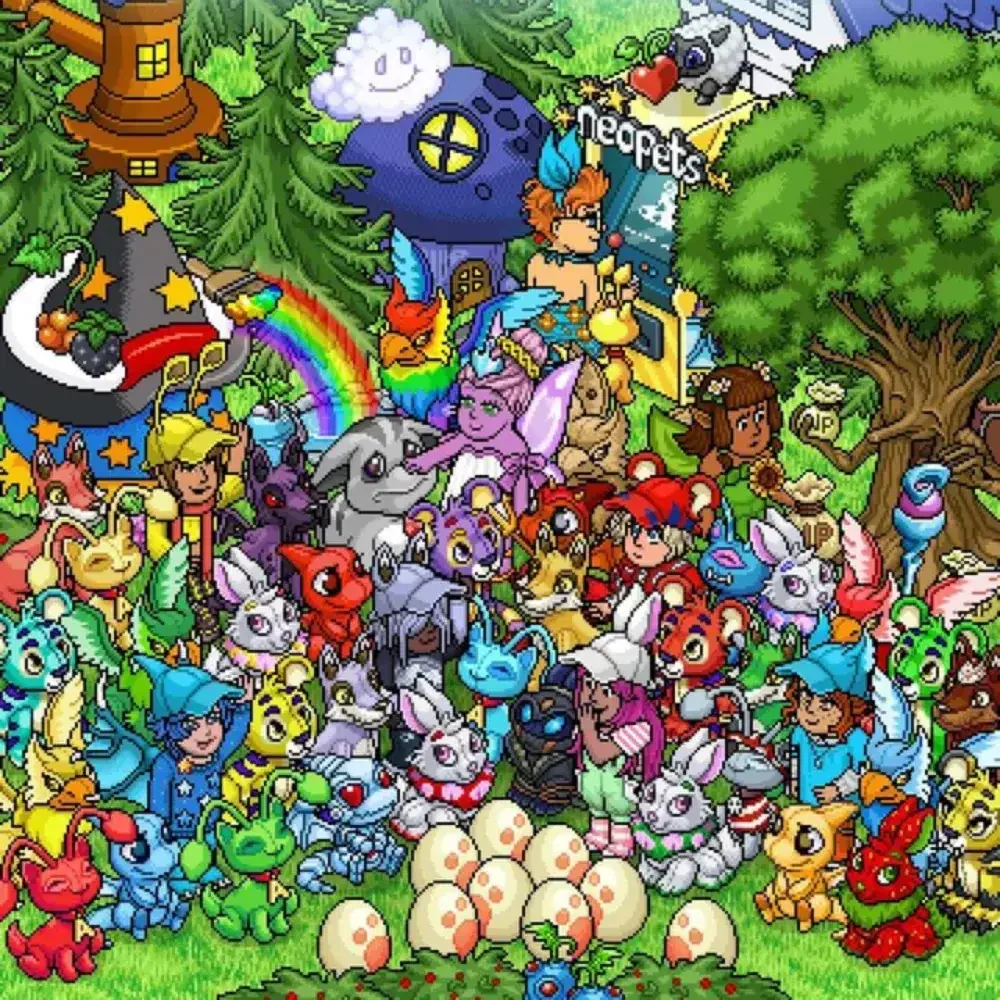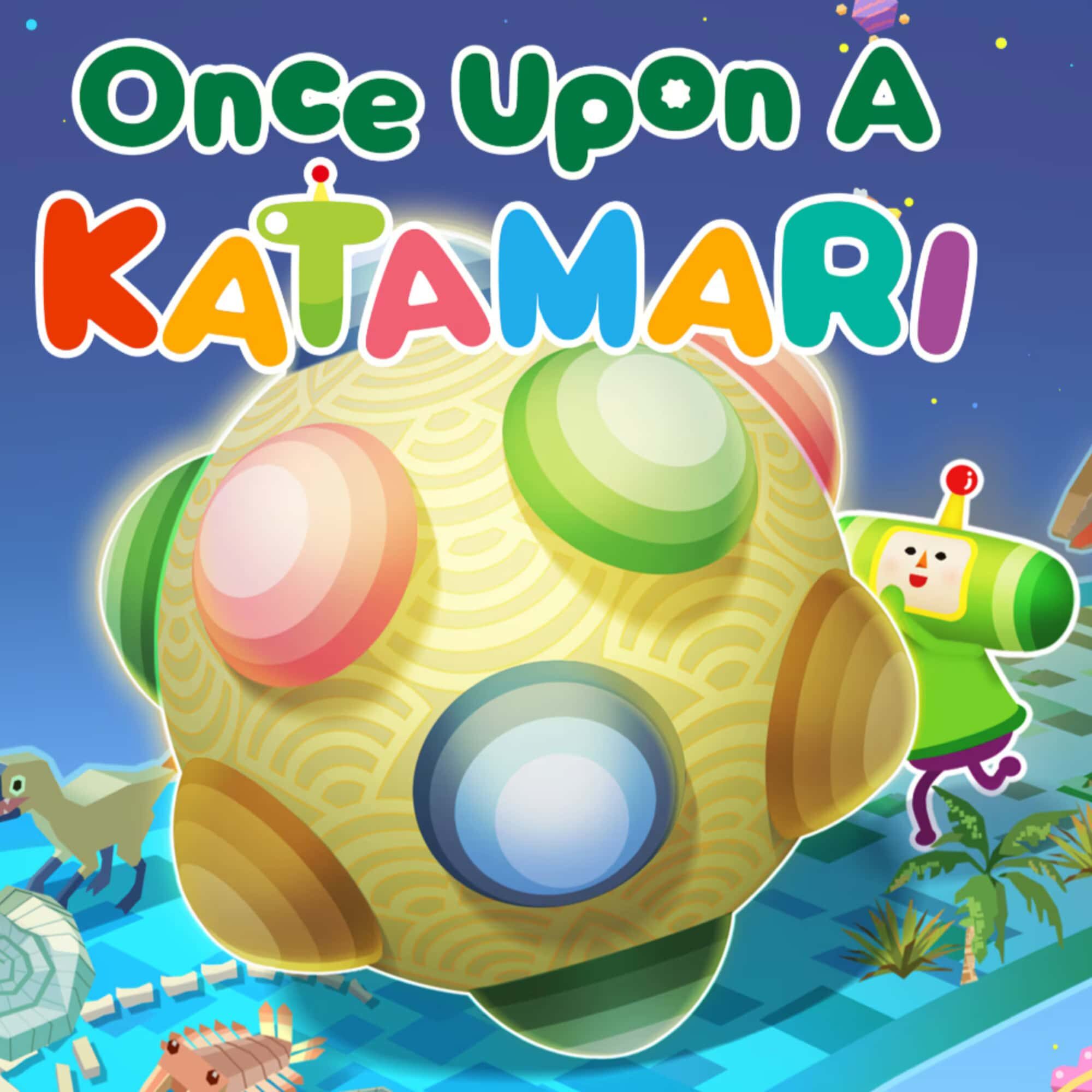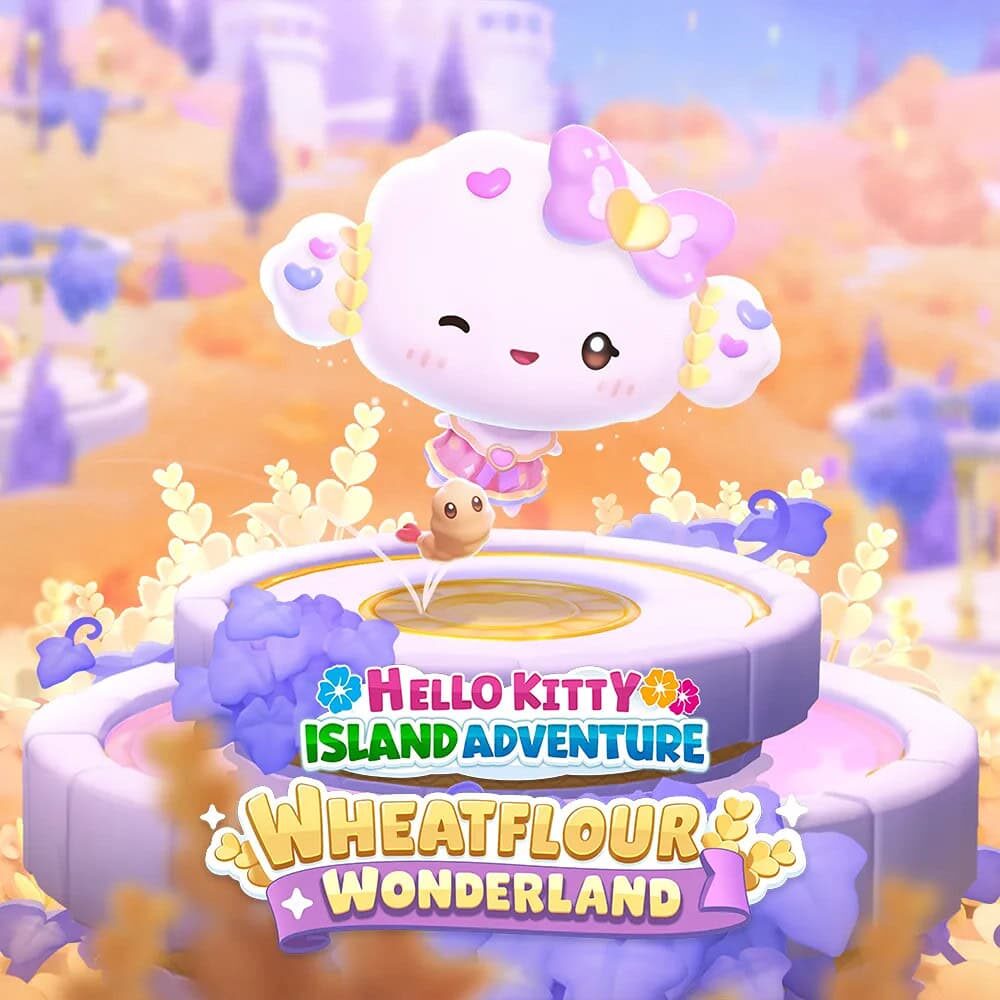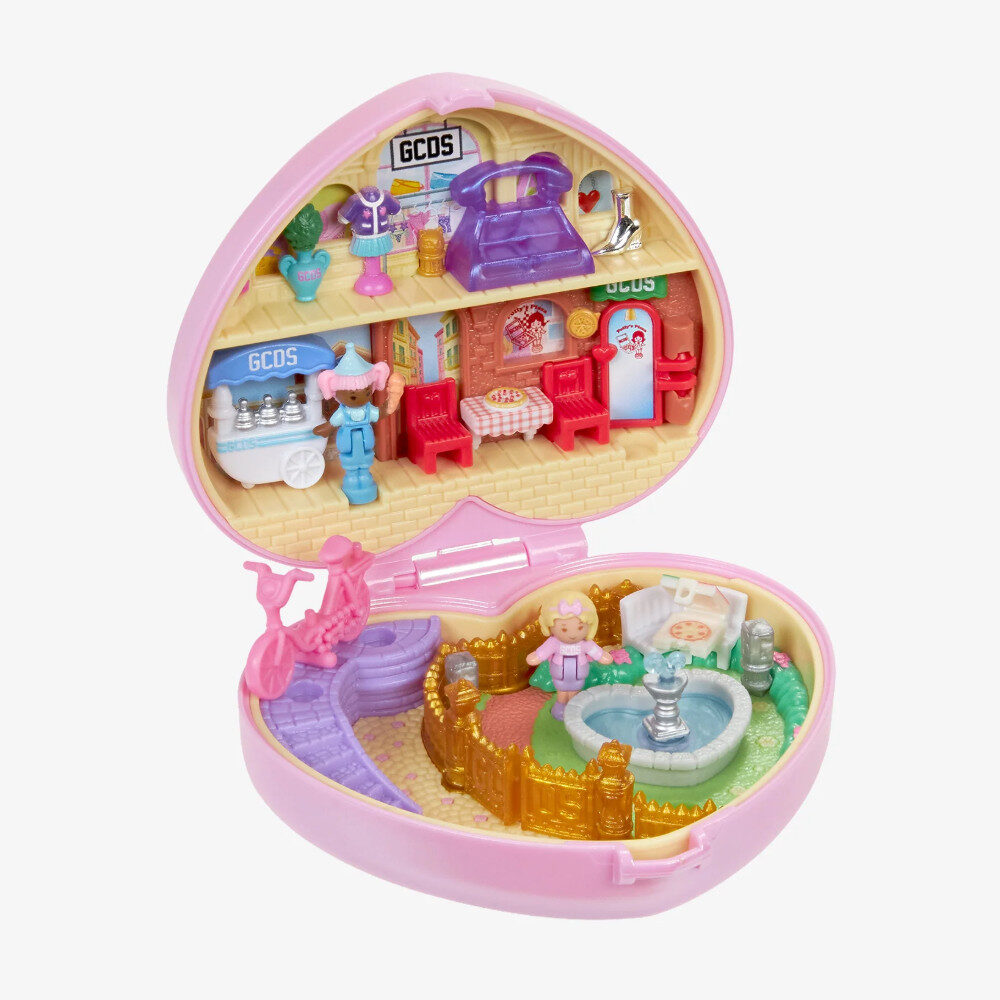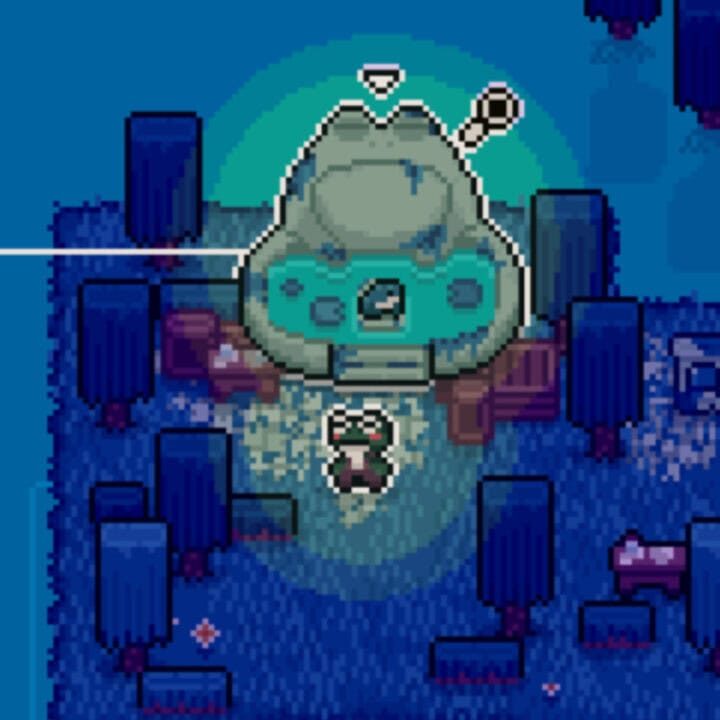
Mudborne is the Anti-Chore Cosy
In a gaming landscape overrun by pastel to-do lists, Mudborne croaks back with surreal swamp logic, frog genetics, and cosmic pond gods. It’s cosy with edge, structured without stress — a tender, muddy rebirth for players burnt out by the genre’s grind. Finally, a cosy that doesn’t condescend.
TEXT
Frog cult sim? Nature healing sim? Either way, Mudborne works
It likely comes as little to no surprise for frequent G.URLs that there’ve been a plethora of trends in online gaming spheres over the past few years. On platforms like TikTok and Twitch, a behemoth has emerged within a subdivision of titles that gamers have nicknamed ‘cosy’ games. Spearheaded by titles like Animal Crossing, The Sims, and Minecraft, smaller studios followed suit to replicate the niche, and often relaxing, atmosphere that they provide. As subjective a feeling as ‘cosiness’ is, games like Stardew Valley and Spiritfarer seem to have knocked it out of the park in terms of cultivating that environment for many fans of the genre.
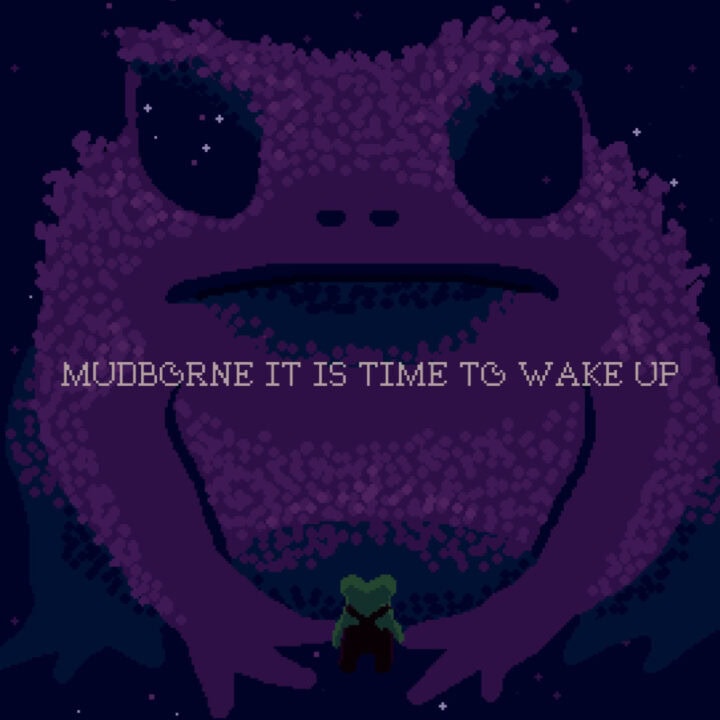
I’ve got to admit, however, that as charming as both of these titles started out for me, that in my own playthroughs overtime those feelings wore off. I began to feel as though the gameplay turned into a series of digital chores. I do not mean this as a critique— there’s something to be said about the different formulas in these games that allow for people to unwind.
I just reached a point early on where the nature of the tasks in each game seemed to have the opposite effect on me, and I felt majorly left out. I’m not entirely sure how common this disconnect is, but whatever it was that other players were feeling to keep them engaged seemed to have missed me, and I was bummed to be missing out on what sounded like a cathartic experience. However, I think I may have found what was missing for me back then in the recent indie title I’d like to discuss with you today; Mudborne.
Let’s jump in!
Mudborne is a frog focused “nature management sim” developed by small UK team TNgineers and published by Future Friends. You’re able to choose your player frog colour and name (I chose to name mine Frognni) before launching into a surreal dream where a big purple frog made of stars explains that you overslept in hibernation. This act trapped your kin in another realm and now you must restore the pond.
You wake up in a swampy biome tasked by an entity called The Pondmother with a hefty restoration project. Hopert the carpenter elaborates on this a bit with you before you gain control of your character. What follows is a relatively sleek tutorial that plays out within a series of four books; the compendium, encyclopaedia, scrapbook, and atlas. Tasks start in the compendium and web out until each larger goal is completed. These tasks are extremely simple for a while— you may even complete them unknowingly. Chopping trees, catching frogs, sorting inventory, etcetera.
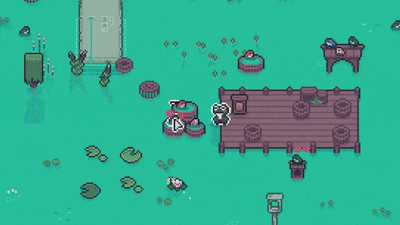
The controls are fairly intuitive (WASD with allowance for different key mappings / controller support), but the compendium walks you through the use of each tool and object your character encounters. If you find out how to do something on your own, the compendium marks the task as complete all the same, only necessitating you hit the next button inside of it to advance further. This immediately sets the precedent for a lovely balance between that vast explorative world and the underlying sense of structure that prevents you from ever getting too lost within that world. This is key because as the game progresses tasks become increasingly complex and these four books organize the wide array of information you acquire.
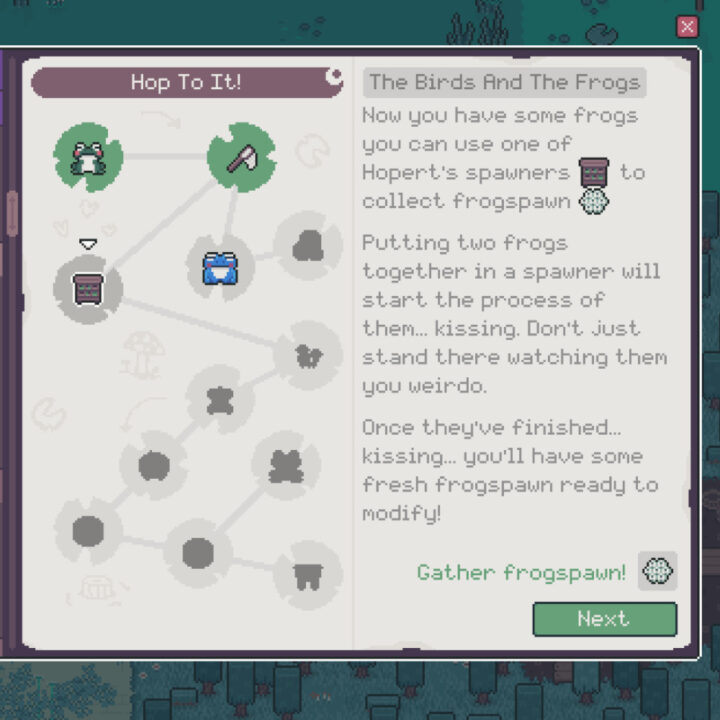
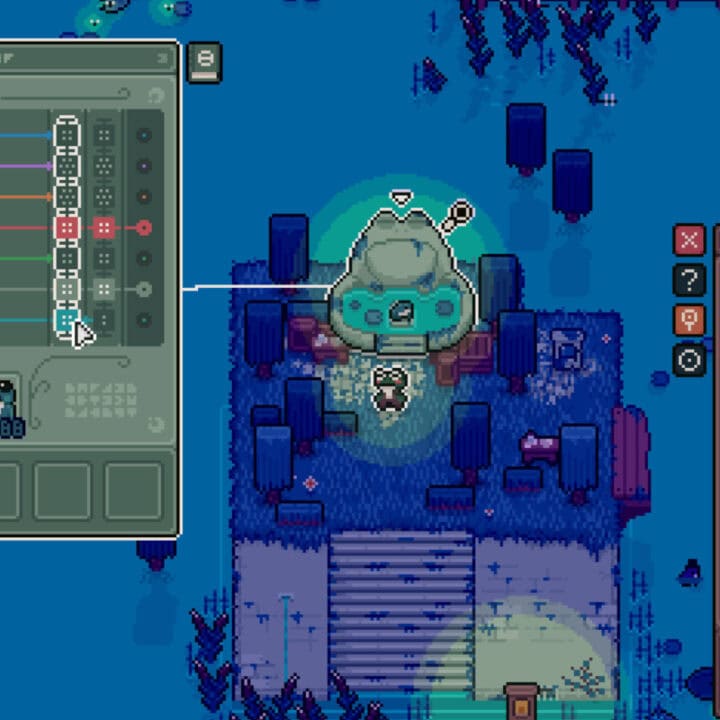
Each variation of frog, mushroom, and critter, will be logged within your encyclopedia with its basic information. The scrapbook logs curious relics and story beats that you uncover during your exploration. Your atlas acts as your map of each biome and you’re able to mark it up to implicate points of interest. These differing facets may sound overwhelming, but because of the emphasis on organization Mudborne hinges on, my progression often happened in a very natural way as I investigated my surroundings.
There’s a very unique combination of gameplay mechanics that kept me engaged for hours, often without realizing how much time had even passed. The game can still feel quite complicated and challenging even with its various guide books because of all the gameplay elements it utilizes, but each hindrance feels like a detour rather than a roadblock— Mudborne never feels impossible. Much of the early game consists on the harvest of resources from the world and the use of those resources to trade for tools with Hopert. If items cannot be traded, they can often be used as fuel for the tools. Trade is how you acquire tools like the spawner, nursery, and feeder, which are key to breeding different frog variations.
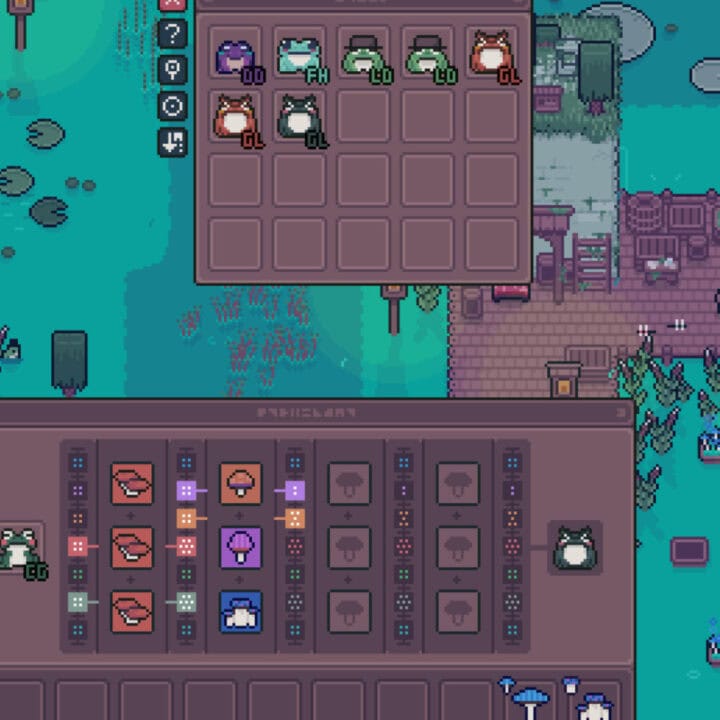
Hovering the mouse over each frog will reveal a set of numbers that signify their genetic code. Each numeric value can be understood with the acronym A.N.O.U.R.E.S; Amplitude, Nobility, Odor, Umbrage, Ribbit, Edacity, and Saturation. An essential element of ensuring variety in your frogs is the use of mushrooms. You can find mushrooms around the world in different humidity and temperature conditions, and you can also cultivate them later on. Each mushroom can be ground down into powder with the crusher, and then combined with one another in the cauldron to create different types of magic mud. Each mushroom acts as trait multipliers (or detractors) of different strength levels.
The addition of magic mud and frog spawn to a nursery results in a bucket of tadpoles and essentially locks in what variation of frog will be produced from the feeder. The compendium will walk you through these processes. It’s such a satisfying process to breed the frogs even at random, but once you discover how to do so with intention all of the different gameplay elements work in harmony. Paying attention to the different value sets of a frog’s genetics and understanding how you arrive at the outcome will help you progress with greater ease. Frogs with specific genetic keys can open strange ancient pools around the map. If the numeric values on each pool’s respective nearby totem aligns with a frogs genetic code, it will grant you access to the mysterious dream world which houses all new resources to harvest and is where the mysterious story and larger complexities of the game truly open up.
Mudborne is an extremely ambitious (and amphibious) title, hence some of you may have found yourselves reading this and wondering how on earth I could find this game relaxing when I didn’t find that the titles I mentioned earlier could do so for me. I think the answer truly lies within the methods of organization the game provides and allows for, as well as the unique atmosphere it offers. The sound design of Mudborne is truly phenomenal— each rustling critter, drop of water, crunch of a reed, and croak of a frog is present and crisply heard during gameplay. The music is utterly lovely and captures the essence of the game so perfectly with its 8-(rib)bit sound and zen inspiring tones.
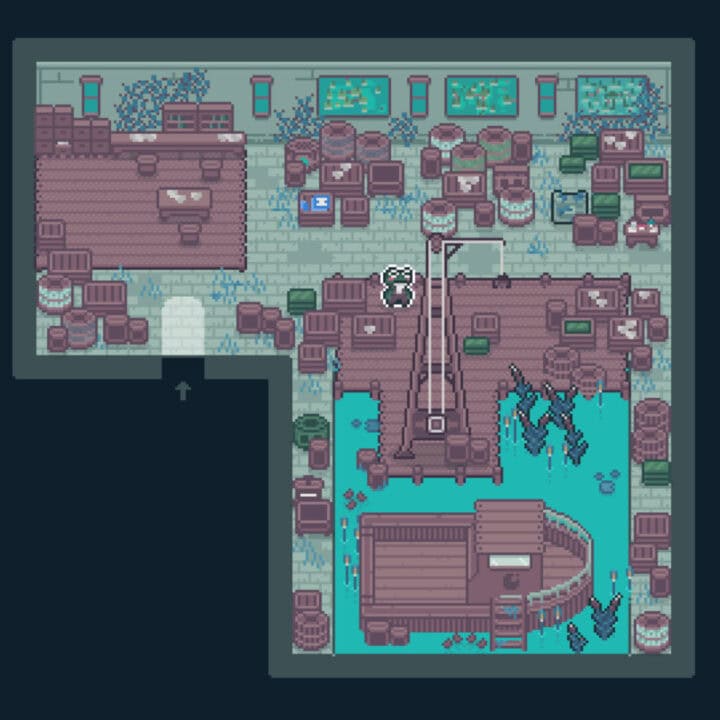
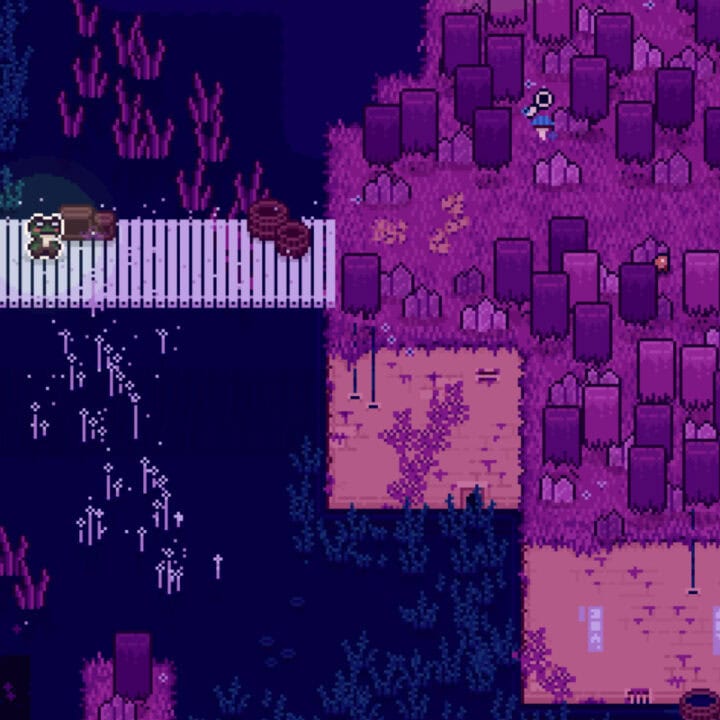
It doesn’t hurt that the visuals are adorably retro and, in spite of their inherent simplicity, bring to life the charismatic yet understated beauty of both nature and fantasy. I feel beyond comfortable suggesting this game to anyone and everyone who’s interest it may peak. At the time of writing the game is still relatively new— I’ve played on versions 1.1.1 and 1.2.2 with very few issues or bugs. The only thing I was able to notice is that in the overworld items can be a bit glitchy and sort of clip in and out of view at times in a distracting way. That being said, the team behind Mudborne is extremely open to feedback and even offers a space to provide it, or to report bugs, on the upper left corner of the title screen.
Mudborne is a fantastic and standout addition to the oversaturated market of ‘cozy’ games that has finally accomplished replicating the niche gaming experiences of the genre’s forefathers for me. The game is currently £6.69 ($7.99 USD) on Steam and TNgineers has admirably pledged that a large portion of revenue acquired from Mudborne goes towards wetlands and marshland conservation.
If all of that sounds as good to you as it did to me, hop to it and pick up Mudborne today! ~ ♪
Frog cult sim? Nature healing sim? Either way, Mudborne works
It likely comes as little to no surprise for frequent G.URLs that there’ve been a plethora of trends in online gaming spheres over the past few years. On platforms like TikTok and Twitch, a behemoth has emerged within a subdivision of titles that gamers have nicknamed ‘cosy’ games. Spearheaded by titles like Animal Crossing, The Sims, and Minecraft, smaller studios followed suit to replicate the niche, and often relaxing, atmosphere that they provide. As subjective a feeling as ‘cosiness’ is, games like Stardew Valley and Spiritfarer seem to have knocked it out of the park in terms of cultivating that environment for many fans of the genre.

I’ve got to admit, however, that as charming as both of these titles started out for me, that in my own playthroughs overtime those feelings wore off. I began to feel as though the gameplay turned into a series of digital chores. I do not mean this as a critique— there’s something to be said about the different formulas in these games that allow for people to unwind.
I just reached a point early on where the nature of the tasks in each game seemed to have the opposite effect on me, and I felt majorly left out. I’m not entirely sure how common this disconnect is, but whatever it was that other players were feeling to keep them engaged seemed to have missed me, and I was bummed to be missing out on what sounded like a cathartic experience. However, I think I may have found what was missing for me back then in the recent indie title I’d like to discuss with you today; Mudborne.
Let’s jump in!
Mudborne is a frog focused “nature management sim” developed by small UK team TNgineers and published by Future Friends. You’re able to choose your player frog colour and name (I chose to name mine Frognni) before launching into a surreal dream where a big purple frog made of stars explains that you overslept in hibernation. This act trapped your kin in another realm and now you must restore the pond.
You wake up in a swampy biome tasked by an entity called The Pondmother with a hefty restoration project. Hopert the carpenter elaborates on this a bit with you before you gain control of your character. What follows is a relatively sleek tutorial that plays out within a series of four books; the compendium, encyclopaedia, scrapbook, and atlas. Tasks start in the compendium and web out until each larger goal is completed. These tasks are extremely simple for a while— you may even complete them unknowingly. Chopping trees, catching frogs, sorting inventory, etcetera.

The controls are fairly intuitive (WASD with allowance for different key mappings / controller support), but the compendium walks you through the use of each tool and object your character encounters. If you find out how to do something on your own, the compendium marks the task as complete all the same, only necessitating you hit the next button inside of it to advance further. This immediately sets the precedent for a lovely balance between that vast explorative world and the underlying sense of structure that prevents you from ever getting too lost within that world. This is key because as the game progresses tasks become increasingly complex and these four books organize the wide array of information you acquire.


Each variation of frog, mushroom, and critter, will be logged within your encyclopedia with its basic information. The scrapbook logs curious relics and story beats that you uncover during your exploration. Your atlas acts as your map of each biome and you’re able to mark it up to implicate points of interest. These differing facets may sound overwhelming, but because of the emphasis on organization Mudborne hinges on, my progression often happened in a very natural way as I investigated my surroundings.
There’s a very unique combination of gameplay mechanics that kept me engaged for hours, often without realizing how much time had even passed. The game can still feel quite complicated and challenging even with its various guide books because of all the gameplay elements it utilizes, but each hindrance feels like a detour rather than a roadblock— Mudborne never feels impossible. Much of the early game consists on the harvest of resources from the world and the use of those resources to trade for tools with Hopert. If items cannot be traded, they can often be used as fuel for the tools. Trade is how you acquire tools like the spawner, nursery, and feeder, which are key to breeding different frog variations.

Hovering the mouse over each frog will reveal a set of numbers that signify their genetic code. Each numeric value can be understood with the acronym A.N.O.U.R.E.S; Amplitude, Nobility, Odor, Umbrage, Ribbit, Edacity, and Saturation. An essential element of ensuring variety in your frogs is the use of mushrooms. You can find mushrooms around the world in different humidity and temperature conditions, and you can also cultivate them later on. Each mushroom can be ground down into powder with the crusher, and then combined with one another in the cauldron to create different types of magic mud. Each mushroom acts as trait multipliers (or detractors) of different strength levels.
The addition of magic mud and frog spawn to a nursery results in a bucket of tadpoles and essentially locks in what variation of frog will be produced from the feeder. The compendium will walk you through these processes. It’s such a satisfying process to breed the frogs even at random, but once you discover how to do so with intention all of the different gameplay elements work in harmony. Paying attention to the different value sets of a frog’s genetics and understanding how you arrive at the outcome will help you progress with greater ease. Frogs with specific genetic keys can open strange ancient pools around the map. If the numeric values on each pool’s respective nearby totem aligns with a frogs genetic code, it will grant you access to the mysterious dream world which houses all new resources to harvest and is where the mysterious story and larger complexities of the game truly open up.
Mudborne is an extremely ambitious (and amphibious) title, hence some of you may have found yourselves reading this and wondering how on earth I could find this game relaxing when I didn’t find that the titles I mentioned earlier could do so for me. I think the answer truly lies within the methods of organization the game provides and allows for, as well as the unique atmosphere it offers. The sound design of Mudborne is truly phenomenal— each rustling critter, drop of water, crunch of a reed, and croak of a frog is present and crisply heard during gameplay. The music is utterly lovely and captures the essence of the game so perfectly with its 8-(rib)bit sound and zen inspiring tones.


It doesn’t hurt that the visuals are adorably retro and, in spite of their inherent simplicity, bring to life the charismatic yet understated beauty of both nature and fantasy. I feel beyond comfortable suggesting this game to anyone and everyone who’s interest it may peak. At the time of writing the game is still relatively new— I’ve played on versions 1.1.1 and 1.2.2 with very few issues or bugs. The only thing I was able to notice is that in the overworld items can be a bit glitchy and sort of clip in and out of view at times in a distracting way. That being said, the team behind Mudborne is extremely open to feedback and even offers a space to provide it, or to report bugs, on the upper left corner of the title screen.
Mudborne is a fantastic and standout addition to the oversaturated market of ‘cozy’ games that has finally accomplished replicating the niche gaming experiences of the genre’s forefathers for me. The game is currently £6.69 ($7.99 USD) on Steam and TNgineers has admirably pledged that a large portion of revenue acquired from Mudborne goes towards wetlands and marshland conservation.
If all of that sounds as good to you as it did to me, hop to it and pick up Mudborne today! ~ ♪

Enjoyed this story? Support independent gaming and online news by purchasing the latest issue of G.URL. Unlock exclusive content, interviews, and features that celebrate feminine creatives. Get your copy of the physical or digital magazine today!


